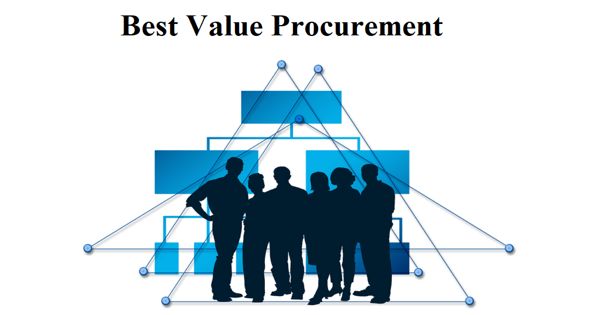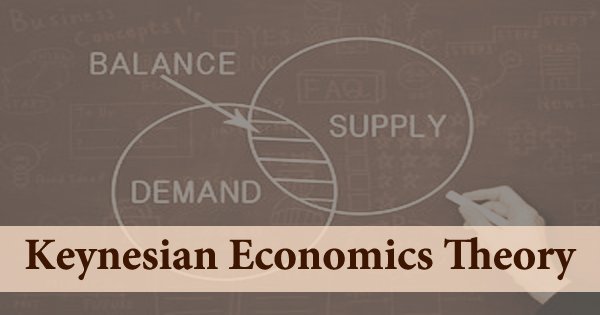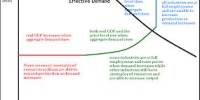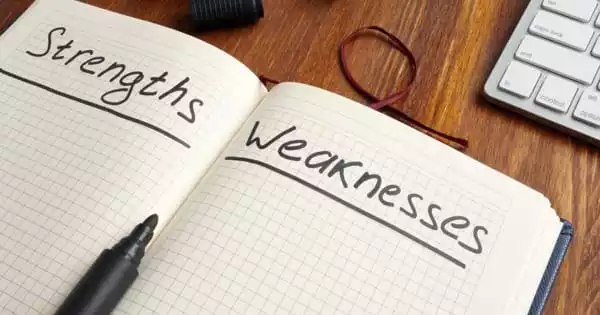Best value determinations allow consideration of non-cost factors. Best value procurement (BVP) is increasingly used in conventional design-bid-build (DBB) delivery, which raises questions regarding the influence of qualifications-based evaluation criteria when selecting construction contractors. It is a procurement system that looks at factors other than the only price, such as quality and expertise when selecting vendors or contractors. Traditional procurement methods leave much room for improving risk management and value creation.
Best Value Procurement (BVP) is an innovative purchasing methodology based on purchasing and realizing the highest value for the lowest price (best value).
In the best value system, the value of procured goods or services can be simply described as a comparison of costs and benefits. In most cases where “best value procurement” is used, people use it to describe purchasing decisions where factors other than price are given “points” and used in determining the supplier to select. A contractor or vendor is thus selected through a process of researching the vendors or contractors before a detailed project plan is made. However, BVP is designed to increase project value by mitigating risks and increasing transparency by underscoring the pre-award phase.

BVP offers clients a high (er) predictability of the final goal, expressed in costs, time, and quality with a minimum of effort and control of the client. The principle enables the contracting authority to take account of criteria that reflect qualitative, technical, and sustainable aspects of the tender submission as well as price when reaching an award decision. BVP offers contractors the best opportunities to show their expertise. The BVP approach is based on the conviction that minimizing risks or eliminating risks when allocated information is effectively used for a proper choice. BVP can be applied in both the private and public sectors. This means the more information that is available and the better it is utilized, the better the future can be predicted and the fewer decisions or risks have to be made. In the public sector, the methodology can be integrated within a (European) procurement law framework whereby the best supplier is selected on the basis of the most economically advantageous tender (EMVI).
BVP is not merely a procurement method but an approach based upon natural law. BVP characterizes itself by defining the goals of the project by the client, without the client prescribing (in detail) how these goals should be achieved. Typically values are assigned to factors such as price, past performance, schedule, and vision. These values are tabulated for each potential vendor or contractor and one will come out on top.
Information Source:
















